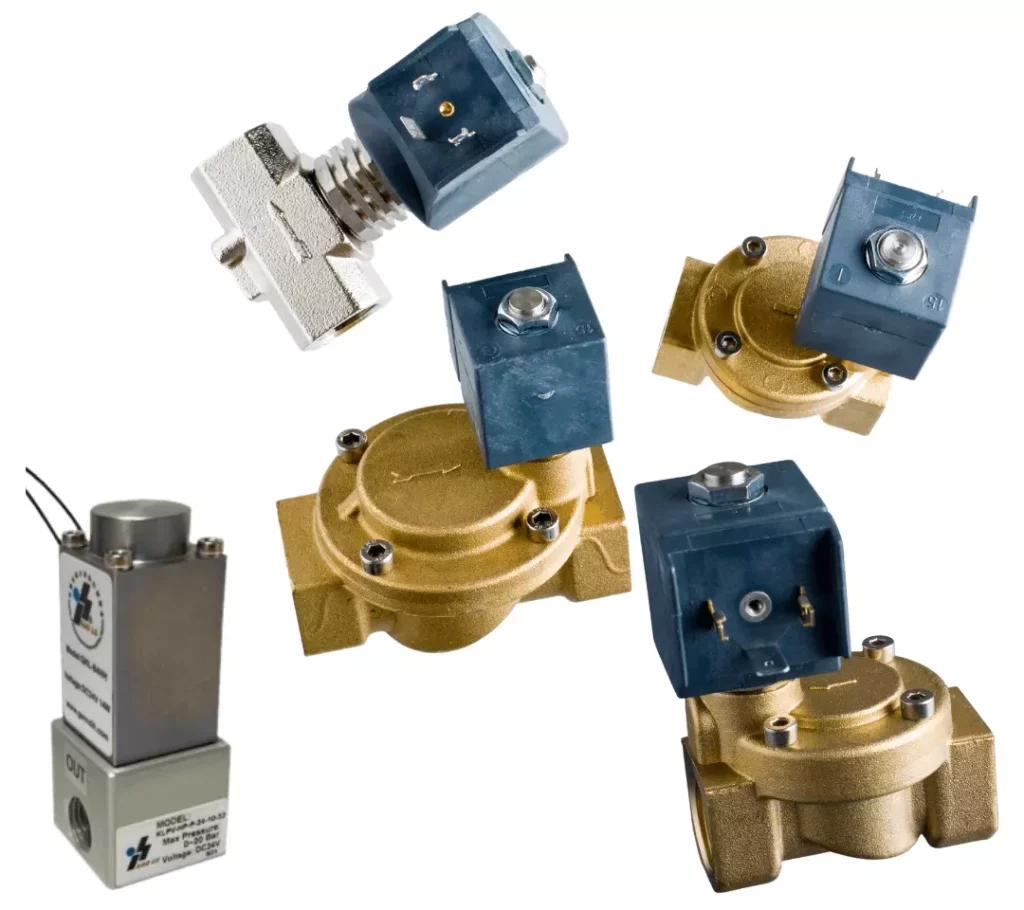This assist to enhance the quality of the production and customer satisfaction also increases. On the other hand, you need to install the electric valves where there is a certain change in voltage prevail. The proportional solenoid valve working is used where a low flow rate or low pressure is expected. When you are dealing with a complex procedure, you need the specific concentration of the chemical, and the solenoid flow control valve is best for this application. You can check the pressure, temperature, and molar concentration of various chemicals with the automatic proportional control solenoid valve working principles.

Rapid actuation (on/off)
In the application where rapid actuation (on/off)is required electric valves are not suited. Here you need the electromagnetic coiled solenoid valves. The proportional solenoid valve working is an electronically controlled pressure regulator; these valves have quick actuation or response time as compared to the electrical valves. The solenoid flow valves are placed where you need to control the flow of liquids, gases, and steam. They ensure quick switching as compared to the electric valves, as they are controlled by computerized signals. On the other hand, electric valves are heavy-duty and can absorb electrical voltage differences.
The Difference in Applications:
The electrical valves are generally used in the sanitary, and in the fan, coil ends. The main reason for their installation here is that these valves are able to absorb the high variance of the voltage difference. You can install electrically controlled valves where simple on/off operation is required and no need for automated control.
The electrical valves are excellent for the circuit, where sudden voltage variation can happen. You don’t need to change the molar concentration during the reaction. It is a simple (on/off) procedure required to accomplish the desired output, then you can prefer the electric valves over the solenoid air flow control valve. You need to install the solenoid valves to keep your whole piping system in working condition.
These valves are going to detect any kind of leakage with the whole connected system. The solenoid valves are going to check automatically the whole piping system.
On the other hand, the proportional control solenoid valve working is used to shut off, release, dose, distribute or mix fluids. These valves are suitable for detecting the leakage of liquid or gases from the piping system. The solenoid valves are more expensive as compared to the electrical valves due to their electromagnetic components. You may also need a sophisticated connectivity system to control the solenoid valves.
Conclusion:
The solenoid valves and the electrical valves are different in their functionality. The proportional control solenoid valve working has quick responsiveness and is more sensitive to the electrical valves. On the other hand, the electrical valves are heavy-duty and can absorb the voltage difference. These valves are not as expensive as compared to solenoid valves, the automated solenoid valves may need a complicated connectivity system. There is a working hub of the solenoid valves from which these are controlled and you can keep them in (on/off) condition
